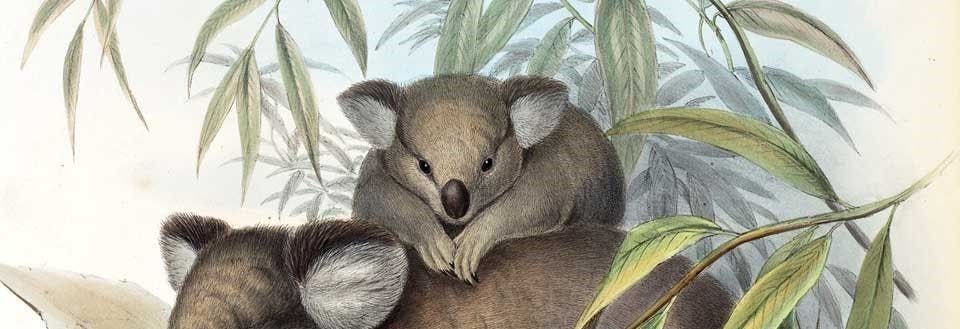Lamarck, Jean Baptiste (1744-1829).
Philosophie zoologique, ou Exposition des considérations relative à l'histoire naturelle des animaux. Paris: Chez Dentu...; l'auteur..., 1809.
Jean Baptiste Lamarck was a botanist who was recruited, at the ripe age of fifty, to become professor of invertebrate zoology at the newly established Museum of Natural History in Paris in 1793. Lamarck took the position that no one else wanted and made “Bugs and Worms” a respectable branch of zoology. He expanded the two Linnaean classes to ten, creating the new classes of mollusks, crustaceans, barnacles, and infusoria. While arranging these classes in a natural arrangement, it occurred to Lamarck that one species seemed to shade into another, starting with the most simple infusorial forms. One way to explain this graded order was by a gradual transformation of species over time. First in 1801, and then in more developed form in this 1809 work, Lamarck worked out the first scientific theory of evolution. His mechanism was the “inheritance of acquired characteristics”, whereby organisms change slightly during their lifetimes, modifying themselves to fit their environment, and these changes are passed on to their offspring. The classic example of Lamarckian evolution is the giraffe, which acquired its long neck, argued Lamarck, when its ancestors began to eat leaves from trees and slowly stretched out their necks over many generations. Lamarck thought all of life had evolved in this manner, and we see here the very first evolutionary diagram ever published, with infusoria at the top, fish and reptiles in the middle, and mammals at the bottom.

